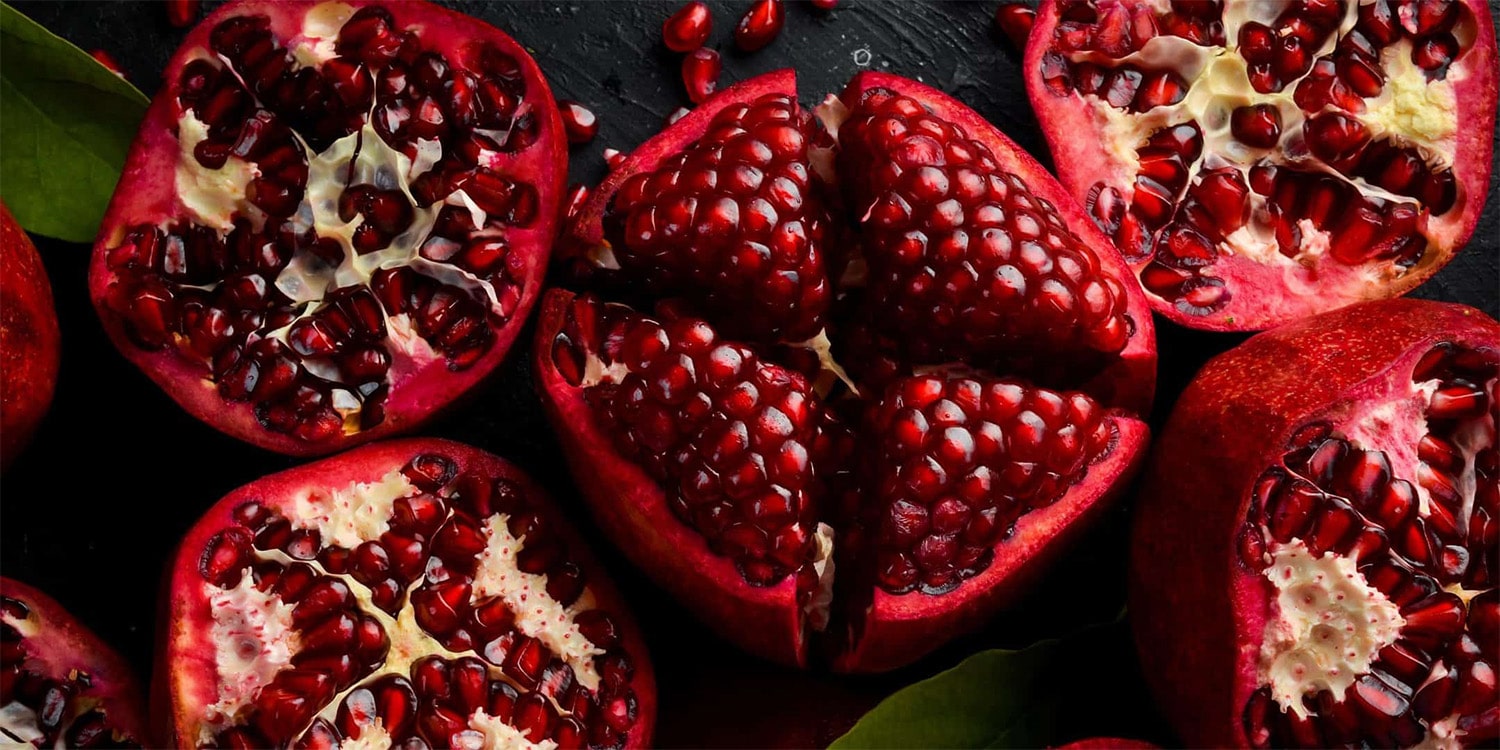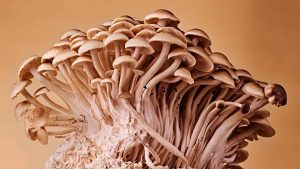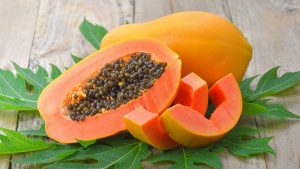
36 interesting facts about Pomegranate
- 👁️ 350
Pomegranates are a fascinating fruit, known not only for their unique taste and health benefits but also for their rich history and symbolism in various cultures. This fruit, with its jewel-like seeds, has been cherished across the world for thousands of years, symbolizing prosperity, fertility, and abundance in different civilizations. Pomegranates are as nutritious as they are ancient, packed with antioxidants, vitamins, and minerals that offer numerous health benefits. From ancient art to modern kitchen tables, pomegranates continue to be a symbol of health, eternal life, and rebirth. Here are 36 interesting and informative facts about pomegranates that showcase their importance and versatility.
- Pomegranates are native to the region extending from Iran to northern India.
- They have been cultivated since ancient times throughout the Mediterranean region.
- The name “pomegranate” derives from the Latin words “pomum” (apple) and “granatum” (seeded), suggesting a “seeded apple.”
- Pomegranates are mentioned in many ancient texts, including the Bible and the Quran.
- In Greek mythology, pomegranates are associated with Persephone and the changing of the seasons.
- Ancient Egyptians buried pomegranates with their dead, believing it offered eternal life.
- Pomegranate trees can live for over 200 years in ideal conditions.
- The fruit is classified as a berry.
- Each pomegranate can contain more than 600 seeds, known as arils.
- Pomegranate trees are drought-tolerant and can thrive in dry conditions.
- The fruit is a rich source of vitamin C, providing about 30% of the daily requirement per 100 grams.
- Pomegranates contain three types of antioxidant polyphenols, including tannins, anthocyanins, and ellagic acid.
- The juice of pomegranates has been found to have three times the antioxidant activity of red wine and green tea.
- Pomegranates are high in dietary fiber, which aids in digestion and regularity.
- The skin of the pomegranate is thick and inedible, but it is used in some traditional medicines.
- Pomegranate oil, extracted from the seeds, is a valuable ingredient in cosmetics for its moisturizing qualities.
- The fruit has been used in traditional medicine for centuries to treat various ailments, including sore throats and inflammation.
- Pomegranates symbolize fertility and abundance in many cultures due to their many seeds.
- In Judaism, the pomegranate is a symbol of righteousness and is associated with the Torah’s 613 commandments.
- The flowering period of a pomegranate tree is between May and October.
- Pomegranate trees are self-pollinating and can also be cross-pollinated by insects.
- Pomegranates play a significant role in the art and architecture of Islamic cultures, symbolizing paradise.
- The fruit’s juice can stain fabric permanently, which is why it was used as a natural dye in ancient times.
- Pomegranates are often eaten fresh, but they are also used in cooking, baking, juices, smoothies, and alcoholic beverages.
- In Hinduism, the pomegranate symbolizes prosperity and fertility and is often used in rituals and ceremonies.
- The fruit’s unique appearance and structure have inspired artists and writers throughout history.
- Pomegranates require a hot and dry climate for optimal growth.
- The city of Granada in Spain is named after the Spanish word for pomegranate.
- Pomegranates were introduced to California by Spanish settlers in the late 18th century.
- The fruit is traditionally eaten on Rosh Hashanah, the Jewish New Year, for a sweet new year.
- Research suggests that pomegranate juice may improve heart health by lowering blood pressure and cholesterol levels.
- Pomegranate extracts are studied for their potential anti-cancer properties.
- The arils of the pomegranate are the only part of the fruit that is eaten.
- Pomegranates must be cracked open to access the edible seeds inside.
- The color of a pomegranate’s skin can vary widely from red to yellow-green, but the color does not indicate ripeness.
- Pomegranate season typically runs from September to February in the Northern Hemisphere.
Pomegranates are a fruit that bridges the gap between ancient tradition and modern nutrition, offering a wealth of health benefits wrapped in a package of historical and cultural significance. Their enduring presence from ancient mythology to contemporary kitchens speaks to their versatility and timeless appeal. As research continues to uncover the many health benefits of pomegranates, it’s clear that this ancient fruit will remain a valued part of human culture and diet. The fascinating facts about pomegranates underscore their unique place in the world, from their deep-rooted history to their nutritional powerhouse status.











